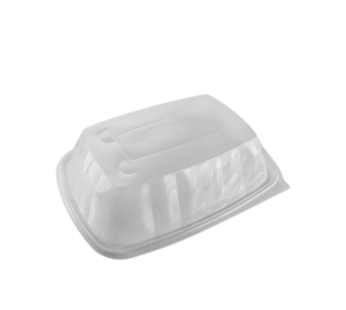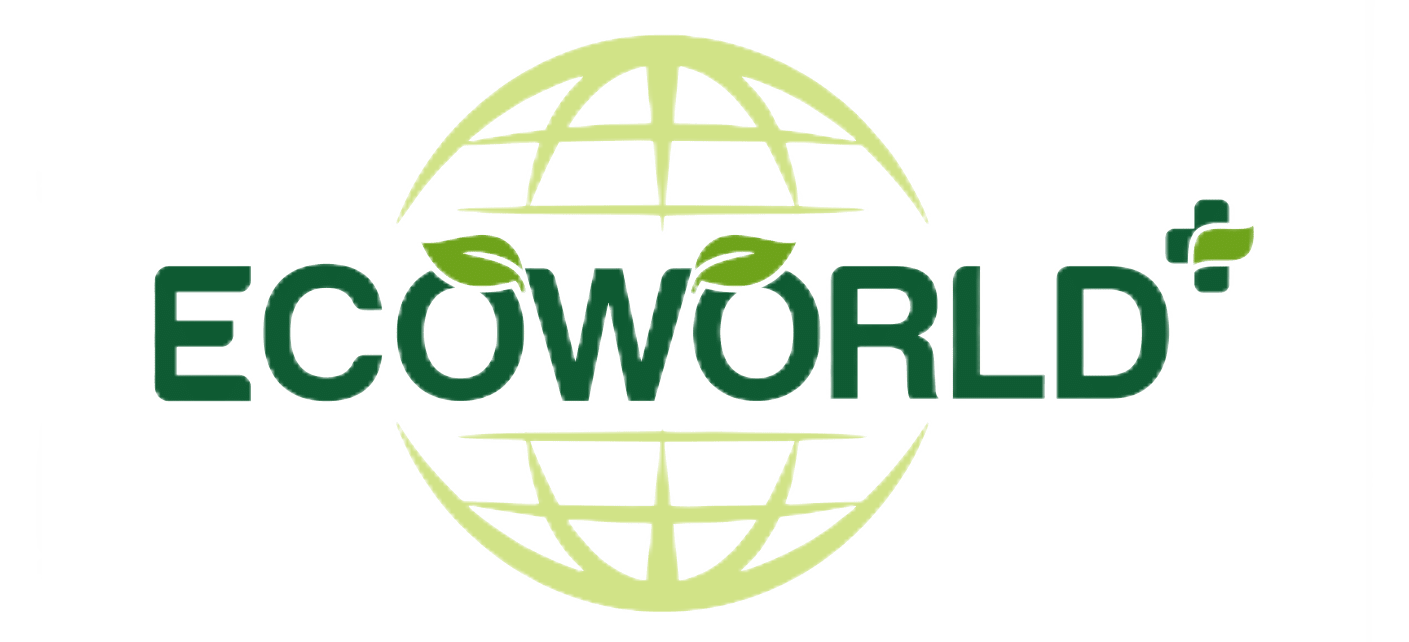
Reducing Plastic Waste: How to Transition to Eco-Friendly Packaging
Plastic waste has become a global concern, with its detrimental impact on the environment and wildlife. As businesses and consumers, we have a responsibility to reduce our reliance on plastic and embrace eco-friendly packaging alternatives. In this blog post, we will explore practical steps and strategies to transition to eco-friendly packaging, minimizing plastic waste and making a positive impact on the planet.
- Assess Your Current Packaging:
Start by evaluating your current packaging materials and identifying areas where plastic is heavily used. This assessment will help you understand the scale of the plastic waste and pinpoint areas where changes can be made. - Explore Sustainable Packaging Materials:
Research and explore sustainable packaging materials such as paper, cardboard, bioplastics, and plant-based alternatives. These materials offer similar functionality to plastic while being biodegradable or easily recyclable. Consider their suitability for your specific products and choose materials that align with your sustainability goals. - Optimize Packaging Design:
Rethink your packaging design to minimize waste and maximize efficiency. Look for ways to reduce the overall volume of packaging while maintaining product protection. Consider using innovative designs such as collapsible or stackable packaging that reduces space and materials required for storage and transportation. - Educate and Engage Your Customers:
Raise awareness among your customers about the importance of eco-friendly packaging and the benefits of making the switch. Highlight the environmental impact of plastic waste and explain how your transition to sustainable packaging aligns with their values. Encourage them to recycle or properly dispose of the packaging to ensure its lifecycle is as sustainable as possible. - Collaborate with Suppliers:
Engage with your suppliers and encourage them to offer eco-friendly packaging options. Seek suppliers who share your commitment to sustainability and can provide materials that meet your packaging requirements. Collaborating with like-minded partners can lead to innovative solutions and a more sustainable supply chain. - Communicate Your Efforts:
Share your eco-friendly packaging initiatives and progress with your customers through your marketing channels. Emphasize the positive impact of their purchasing decisions and showcase your commitment to reducing plastic waste. Transparent communication builds trust and loyalty among environmentally conscious consumers. - Continuous Improvement:
Strive for ongoing improvement by monitoring and evaluating the effectiveness of your eco-friendly packaging initiatives. Stay informed about the latest developments in sustainable packaging materials and technologies. Continuously seek feedback from customers and make necessary adjustments to further reduce your environmental footprint.
Conclusion:
Transitioning to eco-friendly packaging is a vital step in reducing plastic waste and promoting environmental sustainability. By assessing your current packaging, exploring sustainable materials, optimizing design, educating customers, collaborating with suppliers, and communicating your efforts, you can make a positive impact on the planet while meeting your packaging needs. Embrace the opportunity to be part of the solution and contribute to a greener future through eco-friendly packaging practices.
Best Sellers


![Somoplast Lid For Clear Round Dessert Container [200cc-250cc]](https://ecoworldpack.co.uk/wp-content/uploads/2023/06/Somoplast_Lid_For_Clear_Round_Dessert_Container-346x310.png)
![Somoplast Lid for Brown Brown Microwavable Take Away Bowl [250cc, 375cc, 500cc, 750cc]](https://ecoworldpack.co.uk/wp-content/uploads/2023/06/Somoplast_Lid_for_Brown_Brown_Microwavable_Take_Away_Bowl-346x310.png)

Somoplast Lid For Black Rectangular Microwavable Container

![Somoplast Lid For Black 2 Compartment Microwavable Take Away Container [75%/25% Split]](https://ecoworldpack.co.uk/wp-content/uploads/2023/06/Somoplast_Lid_For_Black_2_Compartment_Microwavable_Take_Away_Container__75__25__Split-346x310.png)
Somoplast Lid For Black 2 Compartment Microwavable Take Away Container [75%/25% Split]
![Somoplast Lid For Black 2 Compartment Microwavable Take Away Container [50%/50% Split]](https://ecoworldpack.co.uk/wp-content/uploads/2023/06/Somoplast_Lid_For_Black_2_Compartment_Microwavable_Take_Away_Container__50__50__Split-346x310.png)




